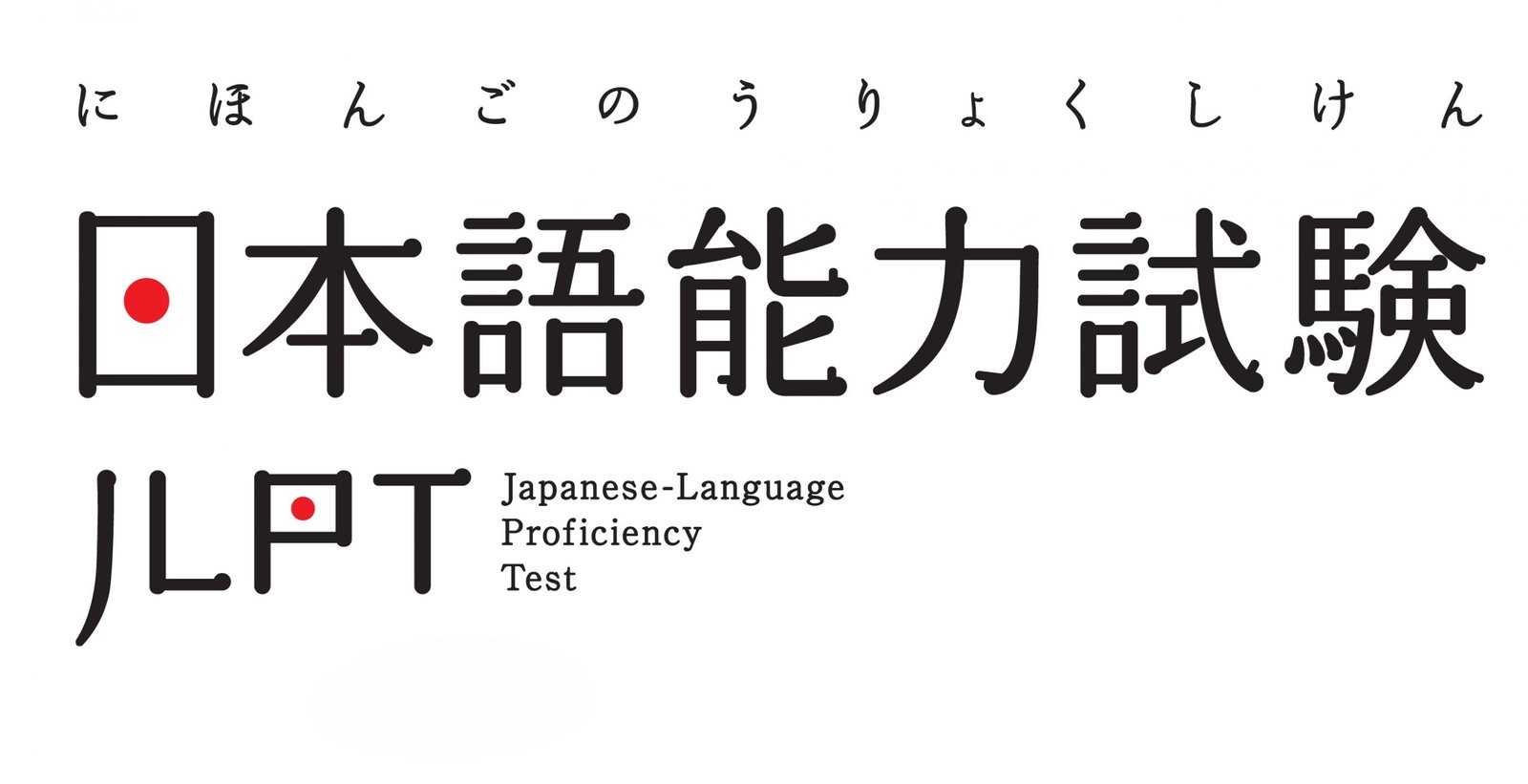
The Japanese Language Proficiency Test (JLPT) is the test used globally to measure your Japanese ability. It can be used in visa applications and job applications to measure non-native Japanese speaker’s abilities. This article will guide you through everything you need to know for taking the JLPT 2020 – how to prepare for it, what to think about on the test day and the important dates if you’re planning to take the JLPT in 2020.
You can either take the test in your home country, here is a list of all test site cities, or in Japan.
When is JLPT 2020?
In Japan, the test is held two times per year – July and December. Outside Japan it varies, most countries in Europe or America only provide the possibility to take the test once per year, either July or December.
The test dates for JLPT 2020 in Japan will be as follows:
- July 5th, 2020 – Sunday
- December 6th, 2020 – Sunday
Are there no opportunities to take the JLPT in July near you? Why not challenge yourself by taking the next JLPT 2020 test in Japan! Book our JLPT Study Trip and get away from daily distractions to fully immerse yourself in your studies and the culture. We’ll do the complicated paperwork for you, so you can focus on your studies.
The registration for the July test will open early spring 2020 – date is yet to be announced – make sure to apply before the booking deadline (March 15th).
Preparing to take the JLPT 2020
The JLPT is broken down into five levels. N5 is the easiest and N1 is the hardest. For most jobs in Japan, you’ll find you’ll need to pass level N2. That doesn’t mean it’s not worth taking the N5 first to ease yourself into the way the test works and to give yourself achievable goals.
Many studying Japanese abroad, taking the JLPT outside of Japan, often have a smaller shock when they reach Japan and find it very difficult to actually talk to people, even if they’ve achieved for example JLPT N3. This is one particular advantage of preparing for the JLPT in Japan, or even finishing off the preparation in Japan. It bridges the gap between the skills being learnt for the JLPT and real conversational Japanese. By immersing yourself in the culture and the language a few weeks before the test can really help to cement your knowledge. Coming on a JLPT Study Trip also gives you the chance to study with others, new friends from all over the world, with the same goal as you.
There are official workbooks that you can use when preparing for the test. As with many tests, repetition can be the key to success. The official JLPT website also provides sample questions and practice tests for each level – perfect when you need to do a level check to see where you’re at.
The post Everything you need to know about JLPT 2020 appeared first on Studytrip.com.
How long is the JLPT test?
Turn up early, take a bottle of water, spare pens and check where you need to go. The whole test is in Japanese, so even if you’re only taking the N5 you should be prepared for the instructions and the questions to be in Japanese. For English speakers used to doing lower-level language tests at school, this will be unusual. Familiarise yourself with the different expectations for each level. The test is split into different sections as you can see above and involve vocabulary comprehension, reading and listening to texts and then answering from multiple-choice questions.
It is also good to know the breakdown of the test time before entering the test room to be able to plan your time well.
Here are the times for each section for each JLPT-level:
N5
Language Knowledge (Vocabulary) – 25 mins
Language Knowledge (Grammar) Reading – 50 mins
Listening – 30 mins
N4
Language Knowledge (Vocabulary) – 30 mins
Language Knowledge (Grammar) Reading – 60 mins
Listening – 35 mins
N3
Language Knowledge (Vocabulary) – 30 mins
Language Knowledge (Grammar) Reading – 70 mins
Listening – 40 mins
N2
Language Knowledge (Vocabulary/Grammar) / Reading – 105 mins
Listening – 50 mins
N1
Language Knowledge (Vocabulary/Grammar) / Reading – 110 mins
Listening – 60 mins
As you can see, the further you get into your learning the longer the overall test time. Once you’ve made it through you can then relax, results take around 2 months to process and send out. As easy as that!
[ad_2]
